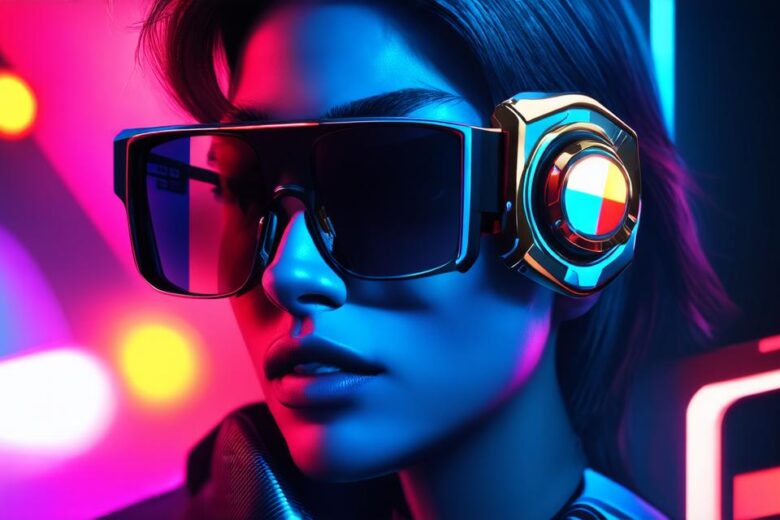Augmented reality (AR) is a technology that enhances or “augments” the real world with computer-generated graphics, sound, and other sensory data. This revolutionary technology has been transforming industries ranging from gaming to healthcare, and it’s not showing any signs of slowing down. In this comprehensive guide, we will explore what AR is, how it works, and why it’s important for AR developers to understand its nuances.
What is Augmented Reality? A Definition and Examples
At its core, augmented reality is a technology that overlays digital information on top of the real world. This can include anything from simple graphics and animations to complex 3D models and interactive interfaces. AR can be experienced through a variety of devices, including smartphones, tablets, headsets, and even specialized glasses.
One of the most well-known examples of augmented reality is Pokemon Go, a mobile game that uses GPS and AR technology to allow players to catch virtual creatures in real-world environments. Another example is IKEA Place, an AR app that allows users to visualize furniture in their homes before making a purchase.
Understanding the Key Components of Augmented Reality
AR technology consists of three key components: capture, processing, and display.
- Capture: The first step in the AR process is capturing the real world. This can be done using a variety of sensors, including cameras, microphones, and depth sensors.
- Processing: Once the real world has been captured, the data must be processed to create a digital overlay. This involves using algorithms and machine learning techniques to recognize and track real-world objects and surfaces.
- Display: The final step is displaying the digital overlay on top of the real world. This can be done using a variety of displays, including screens, projectors, and holographic displays.

The Future of Augmented Reality and Its Potential Impact on AR Developers
AR technology is still in its early stages, but it’s already having a significant impact on industries ranging from gaming to healthcare. As the technology continues to evolve, it’s likely that we will see even more innovative applications of AR in the future.
For AR developers, this means an increasing demand for skilled professionals who can create engaging and immersive experiences using AR technology. It also means a growing need for experts in areas such as computer vision, machine learning, and user experience design.
Summary: The Importance of Understanding Augmented Reality for AR Developers
In conclusion, augmented reality is a rapidly evolving technology that has the potential to transform industries and change the way we interact with the world around us. For AR developers, it’s important to understand the nuances of AR technology and how it works in order to create engaging and immersive experiences for users. By staying up-to-date on the latest developments in AR and continually honing their skills, AR developers can play a key role in shaping the future of this exciting technology.
